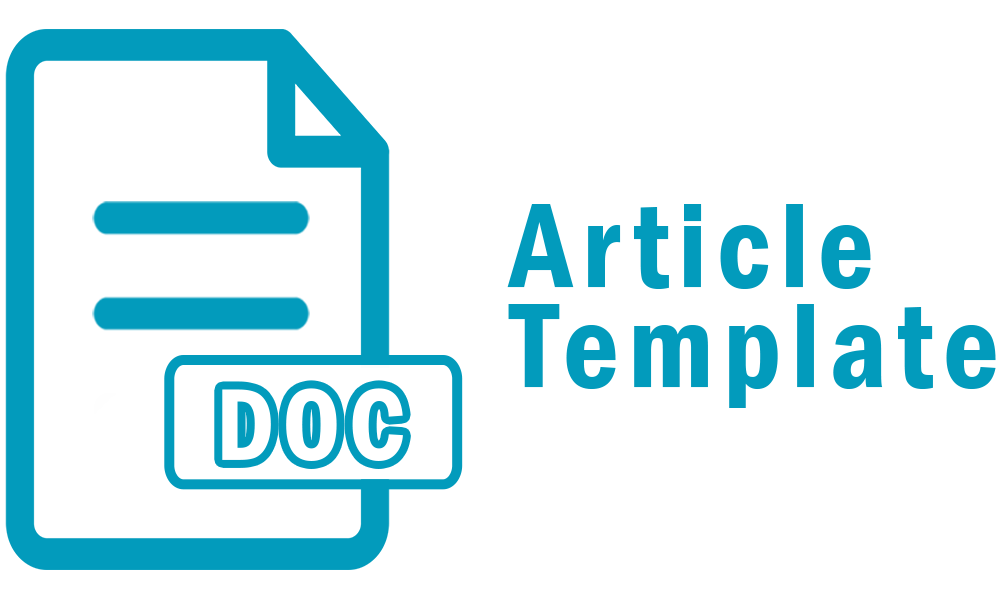IMPLEMENTASI TEKNIK CETAK SABLON METODE DTF PADA KAUS DENGAN DESAIN ILUSTRASI BERTEMA BUDAYA BETAWI
DOI:
https://doi.org/10.46961/kreator.v9i2.632Keywords:
T-Shirt, DTF, Betawi Culture, Kaus, Budaya BetawiReferences
Aldianto, M.F. (14 November 2020). Perbedaan Sablon Manual dan Sablon Digital. Diambil pada tanggal 29 Juni 2022, dari https://www.retina.co.id/perbedaan-sablon-manual-dan-sablon-digital/
Daniel. (27 Oktober 2017). Sejarah Kaus (T-Shirt) dan Trend Perkembangan Terkini. Diambil pada tanggal 29 Juni 2022, dari https://bloggerpontianak.net/sejarah-kaus-t-shirt-dan-trend-perkembangan-terkini/#.YtOtULZBxPY
Dyotess. (19 Desember 2021). 5 Alasan Menggunakan Cotton Combed Untuk Sablon Kaus Kamu. Diambil pada tanggal 29 Juni 2022, dari https://shorturl.at/cegv9
Kiki. (15 Maret 2022). Mau Usaha Sablon? Pahami Perbedaan Sablon Digital dan Manual DISINI. Diambil pada tanggal 29 Juni 2022, dari https://blog.deprintz.com/sabon-manual-vs-sablon-digital-penting-untuk-kamu-tahu/
Masnuna & Romadhona, M. (2020). Media Cetak Dengan Teknik Sablon Press, Sidoarjo: Indomedia Pustaka.
Nadine. (4 Januari 2022). 10 Bahan Kaos yang Bagus dan Bikin Nyaman Seharian. Diambil pada tanggal 29 Juni 2022, dari https://www.blibli.com/friends/blog/bahan-kaos-yang-bagus-10/
Nuswantara, R. (2017). Yuk, Mandiri Desain Grafis, Surabaya: Mandiri Publishing.
Yunianto, I. (19 Mei 2022). Sablon Manual VS Sablon Digital - Apa Kelebihan dan Kekurangannya?. Diambil pada tanggal 29 Juni 2022, dari http://desain-grafis-s1.stekom.ac.id/informasi/baca/SABLON-MANUAL-VS-SABLON-DIGITAL-APA-KELEBIHAN-DAN-KEKURANGANNYA-/f5a6fe40024c28967a354e591bb9fa21b784bf00
Downloads
Published
How to Cite
Issue
Section
Citation Check
License
Authors who publish with Kreator agree to the following terms:
- For all articles published in the Kreator, copyright is retained by the authors. Authors give permission to the publisher to announce the work with conditions. When the manuscript is accepted for publication, the authors agree to the automatic transfer of non-exclusive publishing rights to the publisher.
- Authors retain copyright and grant the journal right of first publication with the work simultaneously licensed under a Creative Commons Attribution-ShareAlike 4.0 International License that allows others to share the work with an acknowledgment of the work's authorship and initial publication in this journal.
- Authors are able to enter into separate, additional contractual arrangements for the non-exclusive distribution of the journal's published version of the work (e.g., post it to an institutional repository or publish it in a book), with an acknowledgment of its initial publication in this journal.
- Authors are permitted and encouraged to post their work online (e.g., in institutional repositories or on their website) prior to and during the submission process, as it can lead to productive exchanges, as well as earlier and greater citation of published work (See The Effect of Open Access).











